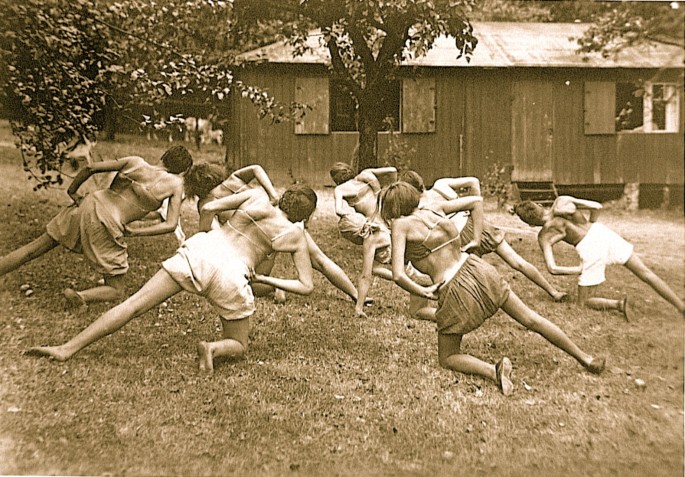Scoliosis treatment has changed drastically over the centuries. Hippocrates was the first to record a case of scoliosis and Galen was the first to term it scoliosis.
The beginning forms of treatment appear painful. Patients would lay out on a scamnum for prolonged periods with their body being stretched. This was the process until Galen began to add pressure as well, but with little affect.
It wasn’t until the 16th Century that bracing was brought as a treatment option by Ambrose Paré. Paré is known as one of the “fathers” of modern surgery. His patients were put into iron corsets with air holes to lighten the weight. Progress in treatment options would then be paused for another two centuries.
Lewis Albert Sayre brought about the beginnings of modern scoliosis treatment in the 19th Century. He wrote on exercises to help strengthen muscles on the side of the spinal deformity. He also was noted for using a plaster cast to correct the deformity. His method served as a basis for the brace and Schroth exercise combination commonly used today as treatment for adolescent curves.
The 1895 discovery of the x-ray was also a revolutionary invention for scoliosis treatment as the curve can now be tracked rather than estimated.
1921 Katarina Schroth invented the Schroth method that targets the muscle groups that help to reorient the spine.
Scoliosis fusion surgeries were changed by the Harrington Rod and the Cotrel and Dubousset screw system. Bracing was revolutionized by the Milwaukee and Boston Brace.
Conservative Treatment Options Available Today
Scoliosis treatment has changed vastly over the last millennium. Now not only does the treatment help the curve to stop progressing, but modern Schroth in combination with bracing, during adolescent growth, can actually correct some curves as well.
3D CADCAM Bracing – The 3D CADCAM Cheneau-style brace is a light-weight, custom brace fabricated on-site. The brace applies pressures to certain areas of the spine while providing opposite void space to shift the curves. “This design offers better correction than other styles of bracing and compliant use of the 3D CADCAM Scoliosis Brace can halt curve progression, help with pain and often provide correction in flexible curves,” says, KC Wheeler, Certified Prosthetist-Orthotist and Hey Clinic provider. The brace is ultra-thin, ultra-light and less noticable under clothes. It’s also more comfortable, and easier to put on than the older off the shelf braces.
Schroth Physical Therapy – Schroth Physical Therapy is a technique designed to strengthen and retrain the muscles of the back and core to hold the spine in better alignment. Jessica Giddings, Hey Clinic Physical Therapist explains, “The goal is to elongate, de-rotate and stabilize the spine. It is also to improve postural awareness and teach life-long spine healthy habits.”
For a better understanding of conservative scoliosis treatment options, and surgical options when necessary, call the Hey Clinic and schedule an appointment with a spine specialist today.
Fayssoux, Reginald S et al. “A history of bracing for idiopathic scoliosis in North America.” Clinical orthopaedics and related research vol. 468,3 (2010): 654-64. doi:10.1007/s11999-009-0888-5

